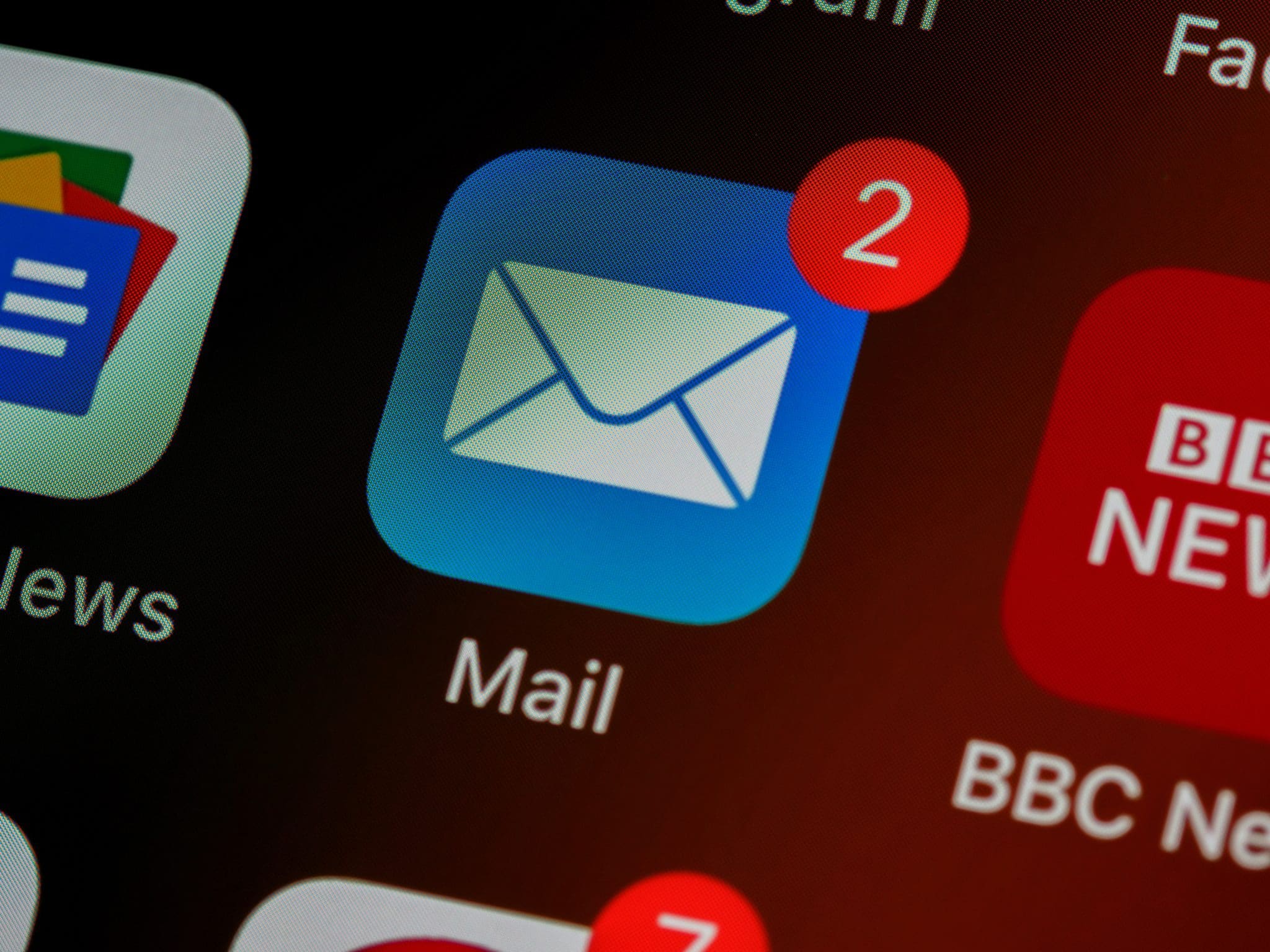Kath Pay, CEO & Founder of Holistic Email Marketing, dissects the concept of helpful marketing and how this customer-centric approach has helped brands see positive outcomes in their marketing strategies.
As a result of the global pandemic, email marketing has undergone a massive transformation. Successful marketers have shifted their marketing strategies and tactics away from a constant stream of transactional and brand-centric “buy this” messages. They implemented what I call “Helpful Marketing” – a customer-centric philosophy that says, “When you help your customers achieve their objectives, they will help you achieve yours in turn.” This is a new vision of email marketing that incorporates helpful and educational content with promotions to drive revenue growth, customer engagement, and retention. This philosophy is rooted in empathy. That is, the ability to understand and share the feelings of others. What I have learned from experience and other marketers is that when we share our humanity with customers, they are more likely to engage with our content.
Helpful marketing is good marketing
Though such a shift from a brand-centric tactic to a customer-centric approach arose from the disasters of 2020, it is a strategy that we must continue. Trying to see and understand our customers as people first and buyers second can help us make better choices in how we address them.
Does this sound revolutionary? It shouldn’t. I’ve been advocating this for years as it’s how marketing should have been all along. We are people, speaking to other people. Email marketing lost this connection back in the beginning when we saw how easily we could sell in our messages, so that’s what we used email for – to push sales over long-term engagement.
Helpful marketing sees every email you send as a customer-service-orientated message that delivers on the original transaction when the customer opted in. Each message recognises and upholds the value exchange. What you promised you would deliver in exchange for the customer’s email address and other pertinent data.
We’re seeing a marketing revolution
I’m certainly not the only marketer who noticed this change over the last year or so among successful brands.
Guy Hanson’s ClickZ column said “more intent-based marketing” became a 2021 email marketing trend as brands learned in 2020 that they needed “to communicate with their customers using greater empathy: less selling, more focus on “We’re in this together, how can we help you?”
We also saw that our customers responded in 2020. Email open rates went up sharply at the beginning of the pandemic. Even though they levelled off as the year went on, opens, clicks, and conversions remained higher than in 2019.
Helpful marketing means your goal is to help your customers achieve their own goals. But those customer goals don’t always mean sales. That’s why emails that push “buy now” so often get ignored. With helpful marketing, customers who find your brand more helpful will turn to you when it’s time to buy. It’s both a short-term and long-term strategy.
And it works! A study my company conducted in partnership with Liveclicker found emails that incorporated aspects of helpful marketing outperformed business-as-usual emails.
Helpful marketing in action
Many brands pivoted their messaging strategy from outright selling to a more measured approach during the pandemic, and in the social and economic upheavals that followed. That’s why I hope this customer-first focus continues. It’s not just for hard times.
Trying to see and understand our customers as people first and buyers second can help us make better choices in how we address them even after times improve.
I love this email because it’s totally authentic to the brand and uses editorial content to connect with readers. Soak&Sleep has since dropped the “Isolation” moniker but continues to send out “mixtape” content, and the offers in each email are a relevant extension of the message.
Here’s another view from Lush Cosmetics, sent when many countries were in full lockdown. Yes, it sells – you still have to make your numbers, after all – but the message promotes connection at a time when people were still learning how to manage social distancing.
Technology matters! Truly helpful marketing incorporates all of the technology you can call on to segment, personalise and automate your messaging. One of the best ways you can help your customers to show them relevant messages that incorporate your customer data.
You’re telling your customers, “I see you. I know you. I understand you.” A one-size-fits-all email simply can’t convey that level of personal awareness.
Persuasion takes on a different meaning now
Knowing how to move your customers to take the actions you want is still essential to successful email marketing. But persuasion can take different forms today.
It’s not manipulating customers to buy something they don’t want. Consumers today are more willing to switch brands that don’t serve them, and a barrage of irrelevant emails can turn them off even faster now.
In today’s environment, you will have to work harder to persuade your customers to consider your messages. Many customers are in economic straits, facing health crises, under stress from work or home life, or have too many other concerns weighing on their minds.
This means you will have to find new arguments, new frameworks to persuade customers to investigate what you have on offer, whether it’s a sale on a day-to-day product or one email in a drip series to sell a high-consideration product.
More support for moving to helpful marketing
Research firms like McKinsey say we might not see recovery in some markets, such as beauty, until the first quarter of 2022. So, marketers who rush back into heavy promotion might find their offers fall flat when people are not able to take advantage of them.
But there’s an opportunity, too, for marketers who succeeded by pivoting to a Helpful Marketing approach. According to a McKinsey survey, “Consumers who have switched to new brands or retailers largely intend to stick with them, with approximately two-thirds of consumers who have switched to a store brand indicating an intent to continue.”
Have you noticed an influx of new customers? Helpful Marketing can keep them interested and engaged with your brand, especially as they navigate their “next normal” after the pandemic subsides.
Let’s stand together and show our humanity
Ask yourself, “How do my emails help my customers achieve their own goals and objectives and be successful in the parts of their lives that my products/services touch?”
Count up how many times “we,” “our”, and “us” appear in your copy over your last few campaigns and automated emails, compared with “you/your/yours.” This simple test can show you where to tweak content for helpfulness.
The world is beginning to reopen, but we have a long way to go before we can say we are truly in recovery. Now is the time for businesses to reach out and show their humanity.
Let’s rediscover good marketing practices – what works, what doesn’t, and how to figure out which is which – and bring that knowledge into our email practices.


